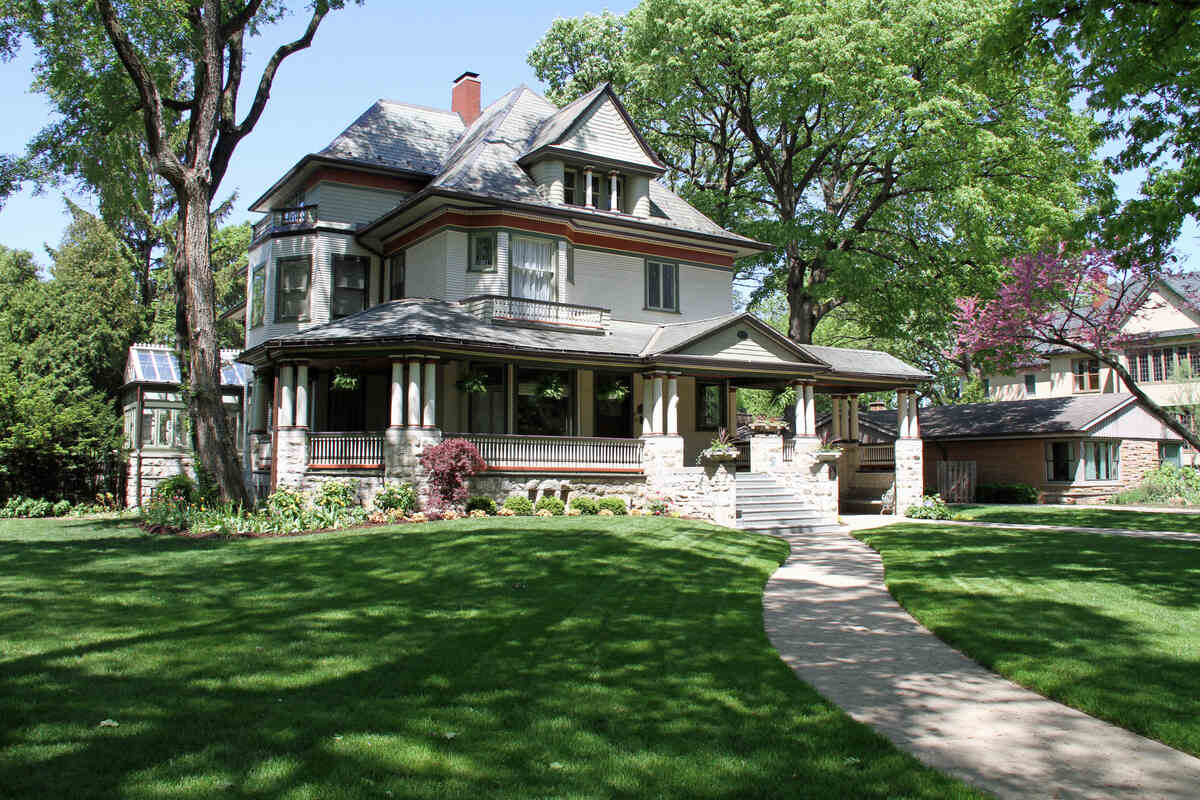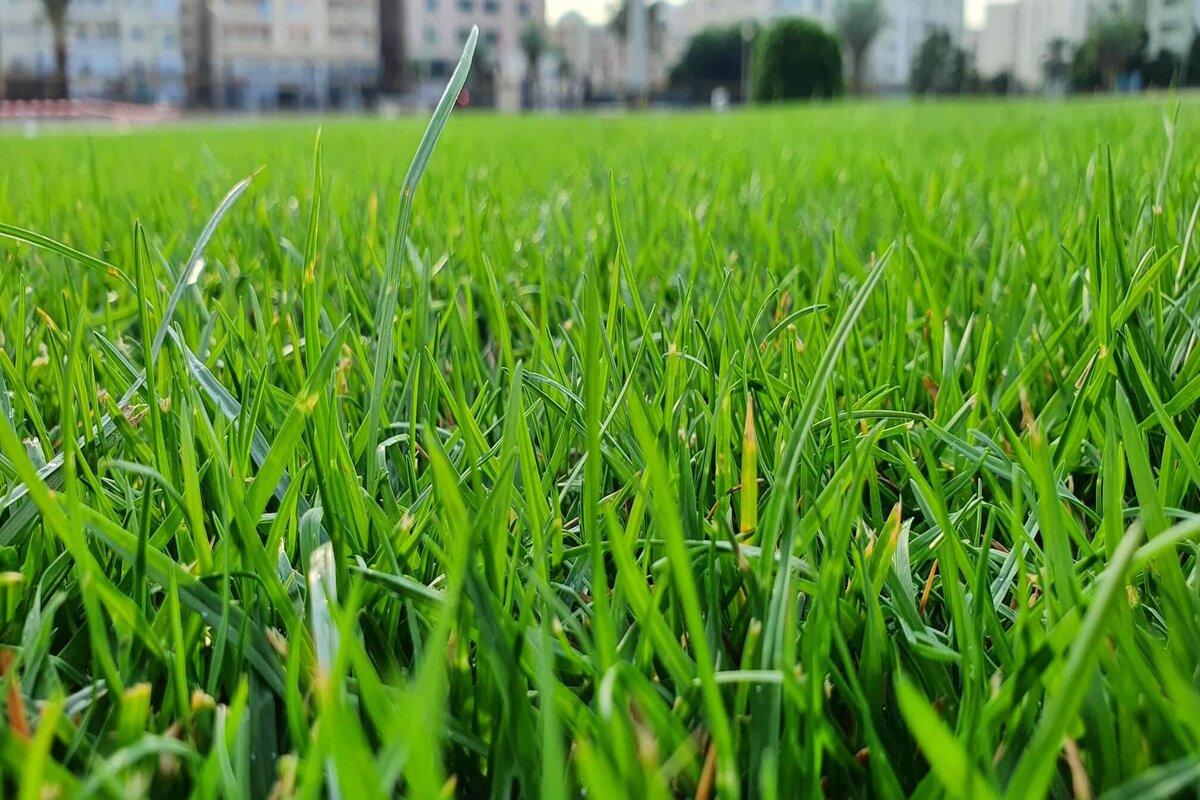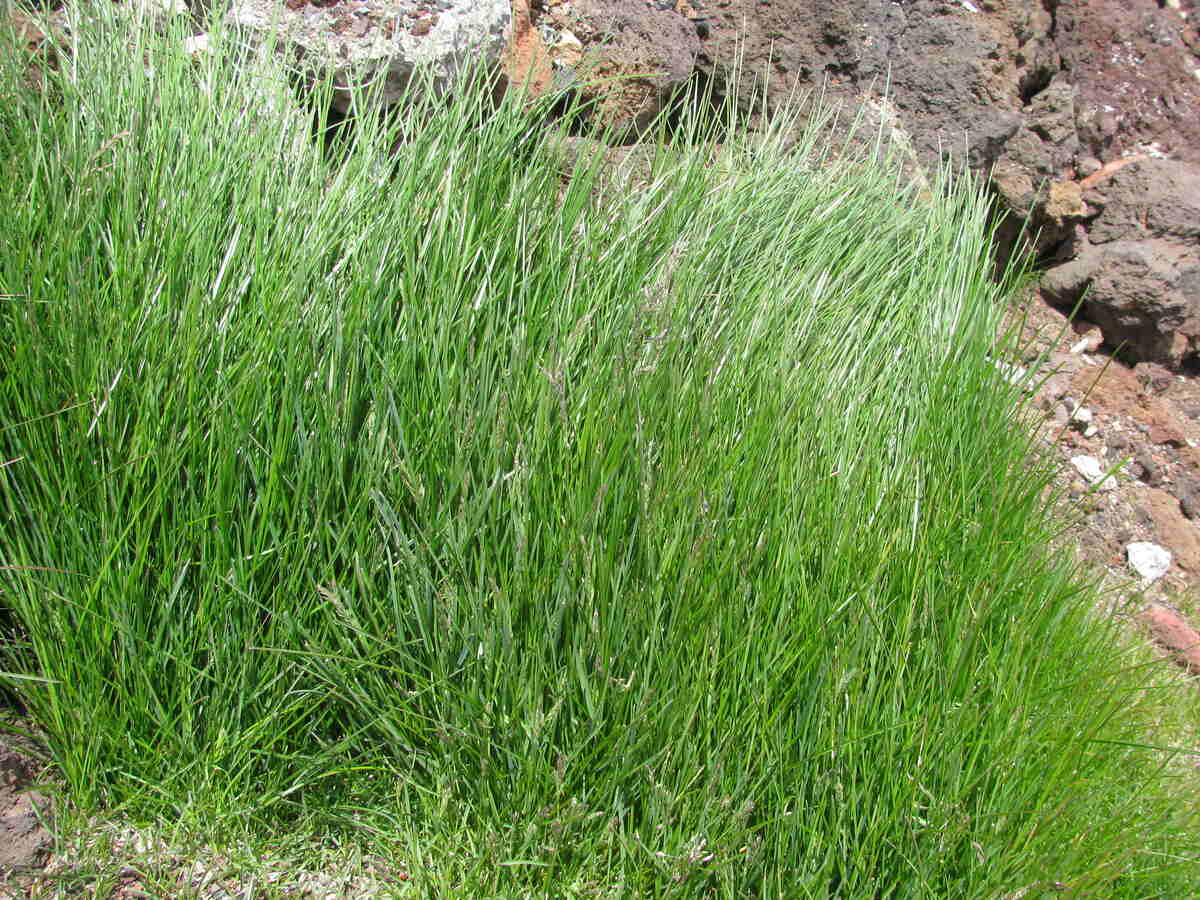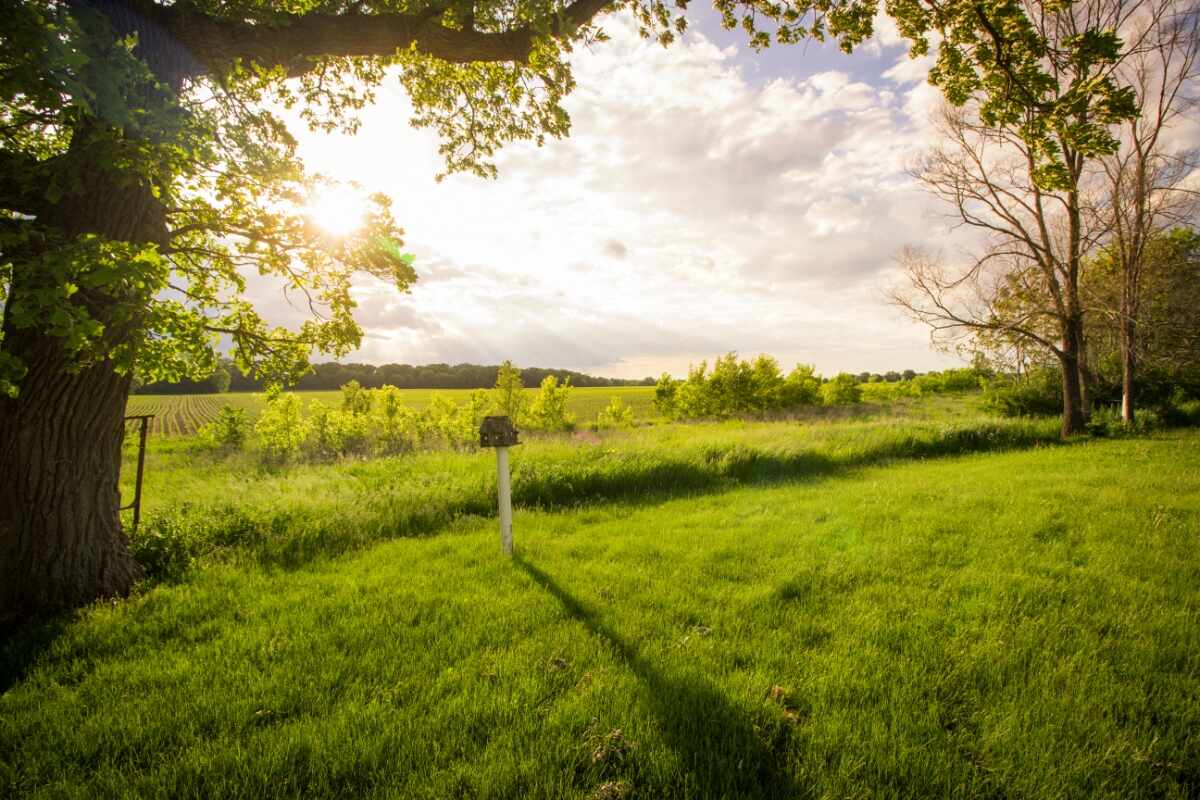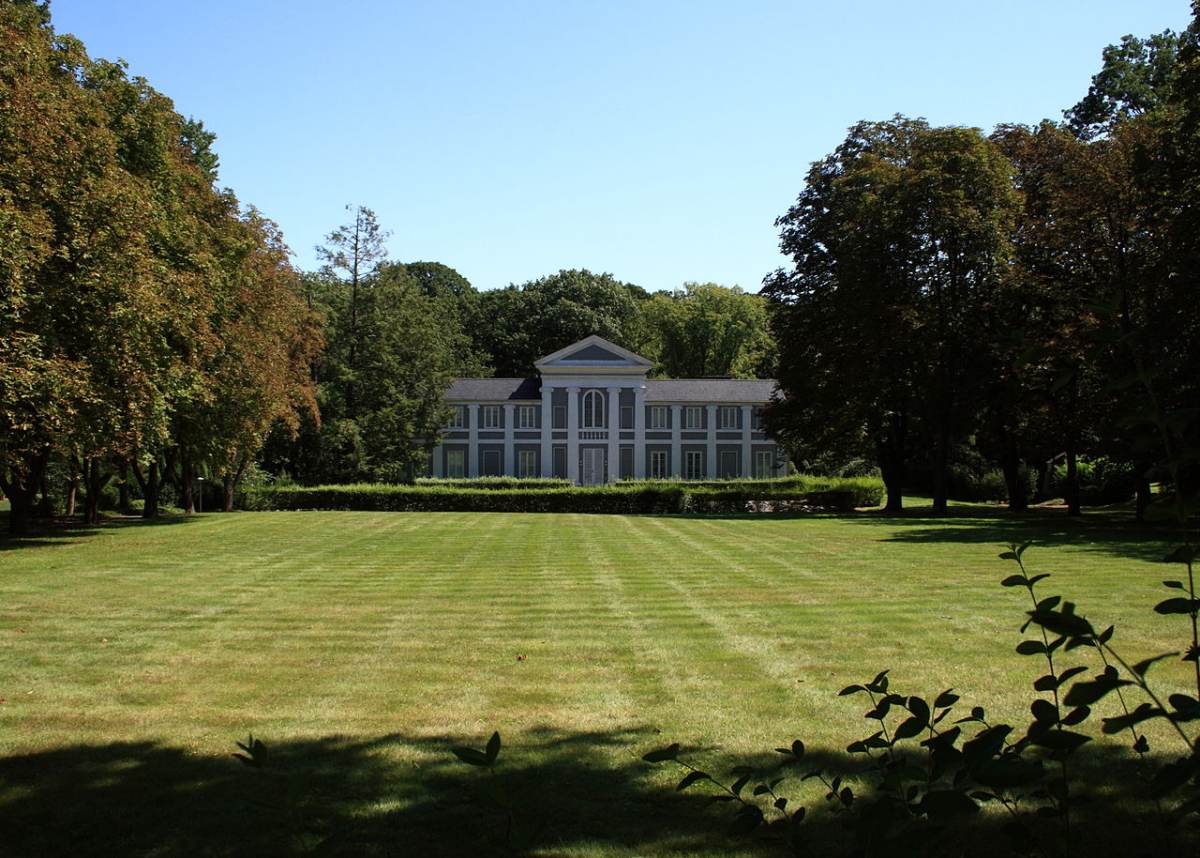
Want to start a lawn in Connecticut with new grass? Or worried about an already established one? LawnStarter has got you covered. This guide provides all the information you need to plant the best grass seed for your Connecticut lawn. We’ll cover the best grass types for Connecticut and their characteristics to help you choose the right turfgrass for you.
As is typical for the northeastern United States, Connecticut has long, harsh winters and mild summers. Cool-season grasses are the best choice to be planted in this region.
The following are some popular cool-season grass varieties for Connecticut:
1. Kentucky Bluegrass
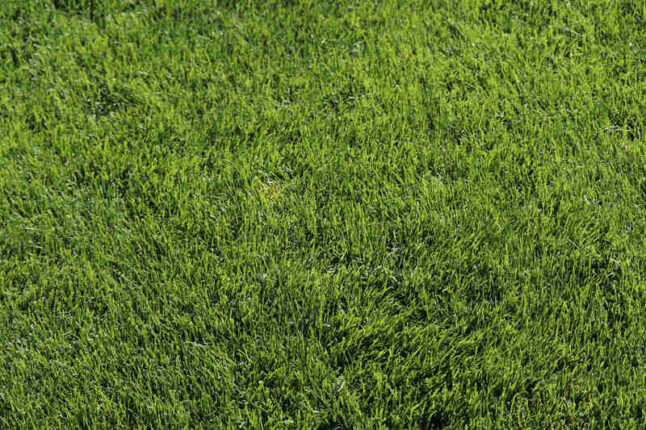
Kentucky bluegrass is Connecticut’s cool-season grass rockstar. It’s lush and dense, offering your lawn a classic, picture-perfect appearance. It can withstand cold winters and recovers quickly in the spring when mixed with other grass seeds. It’s also good at self-repair and can withstand some wear and tear.
Kentucky bluegrass thrives across the northern US because of its ability to withstand frigid winters. However, it requires a bit more maintenance as compared to other cool-season grasses.
Classification: Cool-season grass
Spreads by: Rhizomes
Shade tolerance: Low
Drought tolerance: Moderate
Foot traffic tolerance: Moderate
Maintenance needs: Moderate mowing frequency and high fertilization needs.
Mowing height: Set mowing height between 2.5 and 3.5 inches.
Potential for disease: Moderate to high; prone to several diseases, such as dollar spot, leaf spot, necrotic ring spot, summer patch, and stripe smut.
Soil pH: 6-7.5
Soil type: Performs best in well-drained, heavy soils with high fertility.
Grass Seed Options:
– Jonathan Green (11970) Blue Panther Kentucky Bluegrass Grass Seed (3 lbs.)
– SeedRanch Midnight Kentucky Bluegrass Seed (5 lbs.)
2. Perennial Ryegrass
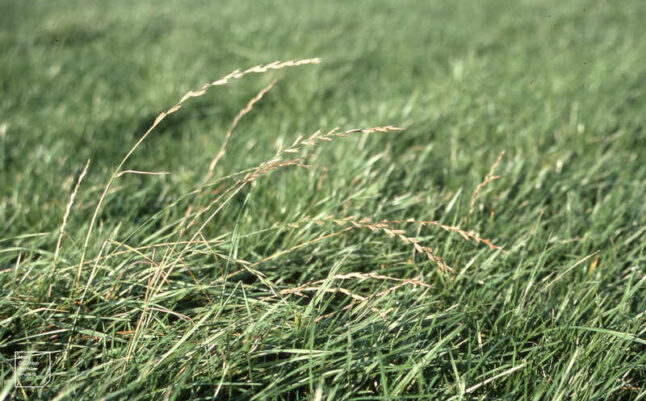
Perennial ryegrass is a cool-season grass that gives your lawn a vivid green color. If you’re impatient and want a green lawn quickly, perennial ryegrass is the answer. It grows quickly, so you’ll have a lush lawn before you know it, even if you’re growing it from seed. Note that it requires full sun exposure to bring out its signature dark green color.
Classification: Cool-season grass
Spreads by: Has a bunch-type growth habit
Shade tolerance: Low
Drought tolerance: Low
Foot traffic tolerance: High
Maintenance needs: Low to moderate mowing and fertilization requirements.
Mowing height: Set mowing height to 1.5 to 2.5 inches
Potential for disease: High. Common diseases include gray leaf spot, red thread, and leaf spot/melting-out.
Soil pH: Can grow in soils with a pH between 5 and 8 but prefers between 6 and 7.
Soil type: Prefers good drainage and fertility but can tolerate poor drainage.
Grass Seed Options:
– Outsidepride Perennial Ryegrass Seed (5 lbs.)
– Eretz ProTurf Perennial Ryegrass Fine Lawn Seed (choose your size)
3. Fine Fescue
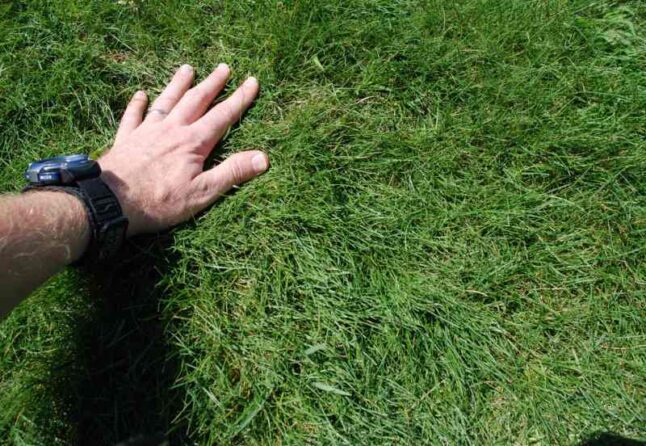
Fine fescue grasses are the grass family’s cool, laid-back siblings. They are less demanding than some types and have excellent shade tolerance. Even if your lawn has many shaded spots and poor soil conditions, fine fescue will happily grow there. Fine fescue can endure the cold winters of Connecticut but is not tolerant of heavy foot traffic.
Classification: Cool-season grass
Spreads by: Creeping red fescue spreads by rhizomes, while other fine fescues are bunch-type grasses, such as Chewings, hard, and sheep fescues.
Shade tolerance: Moderate to High, depending on species
Drought tolerance: Moderate to High, depending on species
Foot traffic tolerance: Low to Moderate, depending on species
Maintenance needs: Low fertilizer and mowing needs
Mowing height: Set mowing height between 2.5 and 4 inches, depending on species.
Potential for disease: Moderate. Common diseases include red thread, leaf spot, dollar spot, summer patch, and powdery mildew.
Soil pH: 6-6.5
Soil type: Will not perform well in wet soil conditions. Prefers drier soils and tolerates a wide range of soil types and fertility.
Grass Seed Options:
– Outsidepride Legacy Fine Fescue Grass Seed (5 lbs.)
– Eretz Creeping Red Fine Fescue Seed (choose your size)
– Outsidepride Creeping Red Fine Fescue Grass Seed (25 lbs.)
– Outsidepride Hard Fine Fescue Grass Seed (10 lbs.)
4. Tall Fescue
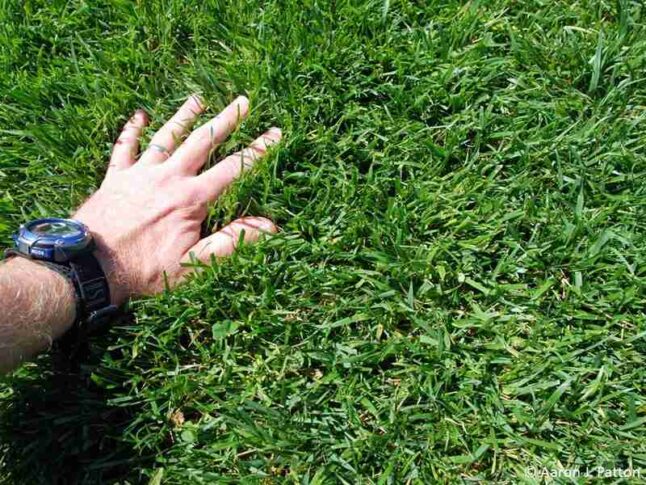
Tall fescue is the kind of reliable companion you can count on no matter what. It can withstand a broad range of soil types and conditions, including the hard clay often found in Connecticut. It is not only drought-tolerant but also thrives in the cold weather of the Northeast.
Tall fescue is a low-maintenance grass, but it tends to be vulnerable to fungal diseases like grey leaf spot disease. This grass type makes the perfect no-fuss lawn for Connecticut, whether you have a lively backyard with plenty of foot traffic or a shady lawn.
Classification: Cool-season grass
Spreads by: Produces short rhizomes but has a bunch-type growth habit
Shade tolerance: Moderate
Drought tolerance: Moderate to High
Foot traffic tolerance: Moderate
Maintenance needs: Frequent mowing. Does not produce significant thatch.
Mowing height: Set mowing height to 2 inches when grass reaches 3 inches tall.
Potential for disease: Tolerant of most diseases when properly maintained.
Soil pH: 5.5-6.5
Soil type: Adapted to a wide range of soil conditions but prefers fertile clay soils with good drainage.
Grass Seed Options:
– Triple-Play Tall Fescue Grass Seed Blend (5000 sq ft)
– Eretz Kentucky 31 K31 Tall Fescue Grass Seed (choose your size)
– Pennington The Rebels Tall Fescue Grass Seed Mix (7 lb.)
How to Choose The Best Grass Seed for Your Connecticut Lawn
Choosing the right grass seed for your Connecticut lawn is a critical decision that can have a significant impact on the overall health and beauty of your lawn. Here are some suggestions to help you make the best decision:
- Consider Your Location: Consider whether you’re in the north, south, east, or west of Connecticut, and choose the best lawn grass for your area’s specific weather.
- Examine Your Grass’s Needs: Take a thorough look at your lawn and think about things like shade covering, foot traffic, and soil type. Some grasses, such as fine fescue, flourish in shaded areas, while others, such as Kentucky bluegrass, can withstand heavy foot traffic.
- Determine the Purpose of Your Lawn: Are you searching for a purely ornamental lawn or one that can tolerate playing and romping children and pets? Tall fescue is a popular choice for lawns that only need to look pretty, while perennial ryegrass has high wear tolerance.
- Research Grass Seed Blends: Look for grass seed blends designed explicitly for Connecticut’s environment. To enhance durability and adaptability, these blends frequently incorporate multiple grass species. Mostly, a grass seed mix with bluegrass, fescue, and ryegrass is preferred for Connecticut lawns.
Remember that a healthy lawn demands proper maintenance, including watering at the right time, aeration, fertilizer, mowing, and more. You’ll be well on your way to a beautiful and vibrant lawn if you choose the perfect grass seed for your lawn and follow a proper lawn care schedule for Connecticut.
FAQ
The right time to plant your cool-season lawn is early fall (mid-August to mid-September). This is when the soil temperature is between 50 to 65 degrees Fahrenheit, which is ideal for seed germination and root development of the turfgrass. Follow our guide on when to plant grass seed in Connecticut to seed your lawn at the right time.
In Connecticut, grass seed usually takes 7 – 30 days for germination. But it might take up to a year or two for the lawn to fully mature.
It is not suggested to plant warm-season grasses such as Bermudagrass and Zoysiagrass in Connecticut. These grasses usually go dormant and turn brown when temperatures drop. Connecticut’s prolonged cold weather can be problematic for warm-season grasses to thrive.
Overseeding helps fill in the gaps in your turf and give your lawn a healthy, dense look. The best time to overseed your lawn in Connecticut is in early fall, at least 45 days before the first frost.
How to Have a Vibrant Lawn in Connecticut
Who doesn’t want a lush, healthy lawn? But establishing a healthy lawn in Connecticut demands effective lawn care, beginning with choosing the right grass seed and then moving on to proper mowing, watering, fertilization, weed control, and a lot more. Doing all this on your own can be back-breaking – why not leave it for a lawn care expert to handle?
LawnStarter can connect you with Connecticut lawn care professionals and help you get a free quote for the lawn services you need. You can find lawn care pros near you, whether you live in Hartford, New Haven, Stamford, Bridgeport, or anywhere else in Connecticut.
Main Photo Credit: Sage Ross / Wikimedia Commons / CC BY-SA 3.0

